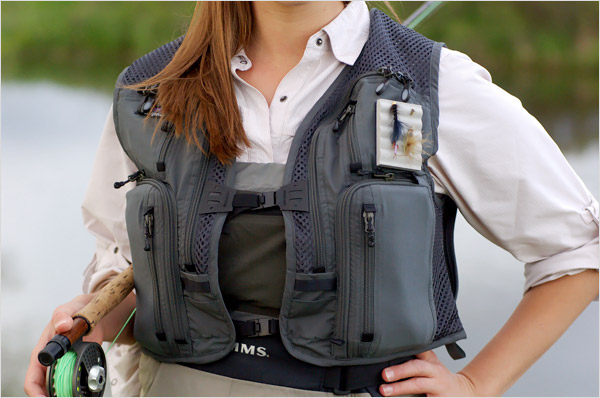
It might seem like running and walking are very similar when it comes to body movements, but look closely at the different demands that they place on your feet (thus your footwear), and you will realize how different they actually are. These differences consequently affect the need for two different kinds of shoes – running and athletic.
Sneakers can greatly differ in style, design and purpose. So, before we go into detail regarding women’s athletic shoes and the ones meant for running, let’s first take a look at how the body’s mechanisms are involved in the acts of running and walking.
While walking, the body’s weight is distributed more evenly on your feet than it is when you run. Your body weight rolls from the heel through the ball, all the way to the toe in one foot after the other. This gentler motion requires your feet to absorb the shock of only 1-2x your body weight with every step. In this case, there are moments when both feet are firmly on the ground and both of them carry the weight evenly.
On the other hand, running requires the support of 2-3x your body weight and each stride has moments when neither foot is on the ground. With every step, the outer heel absorbs most of the impact before it distributes the weight through the foot in an S motion all the way to the toes. All these different movements and body requirements certainly call for suitable kinds of shoes for every kind of motion.

Therefore, when looking to buy women’s athletic shoes, bear in mind that you don’t need as much forefront cushioning as you would when running. Extra cushioning adds more weight, which you will certainly not want in your walking shoes as you run errands around town. What you should look for in this case is a lighter shoe that still offers adequate cushioning so that your feet and legs don’t feel beat up from the impact after walking in them for a prolonged period of time.
Furthermore, when considering the preferred features of women’s athletic shoes, pay attention to the heel drop – look for one that’s less than 8 mm – 4 mm or less is preferable. As for the flexibility part, both athletic and running shoes need to be flexible. Press down with the toe of the shoe and see where it bends. There are many shoe designs that flex most at the mid-foot or arch, however, there are also many that flex most at the forefoot. Since walkers need to push off with their toes, they should look for shoes that flex at the forefront.




















